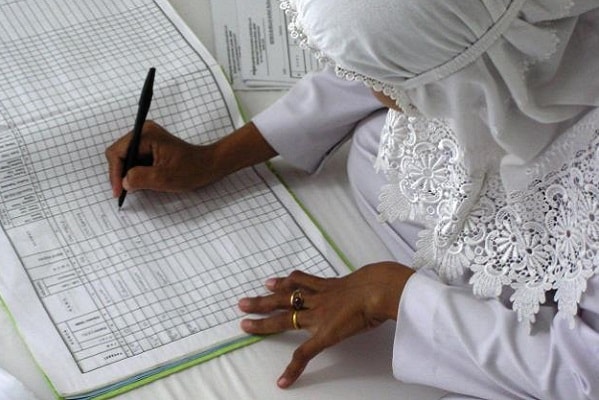Indonesia Earthquake – Tsunami
2005 | January 1, 2005
On December 26, 2004, an earthquake measuring 9.2 on the Richter scale off the northwest coast of the island of Sumatra, Indonesia, produced a tsunami that caused the deaths of an estimated 230,000 persons in India, Indonesia, the Maldives, Somalia, Sri Lanka, and Thailand. Most casualties were in Aceh Province in northern Sumatra, Indonesia, where an estimated 130,000 persons died.
In addition, 500,000 persons were displaced from their homes. On March 28, 2005, a second major earthquake, measuring 8.7 on the Richter scale, caused large-scale damage to the islands of Simeulue and Nias off the western Sumatra coast; approximately 300 persons died, and thousands were displaced.

The international community responded to these events with the largest relief measures ever undertaken for a natural disaster.
To determine the health and nutrition status of the affected populations and to evaluate the effectiveness of relief interventions 7 months after the tsunami and 3 months after the second earthquake, Cooperative for Assistance and Relief Everywhere, Inc. (CARE) International Indonesia and CDC conducted surveys in three districts of Aceh Province. The surveys identified routine vaccinations, provision of toilets or latrines, and areas needing improvement with programs that serve both internally displaced persons and nondisplaced persons.